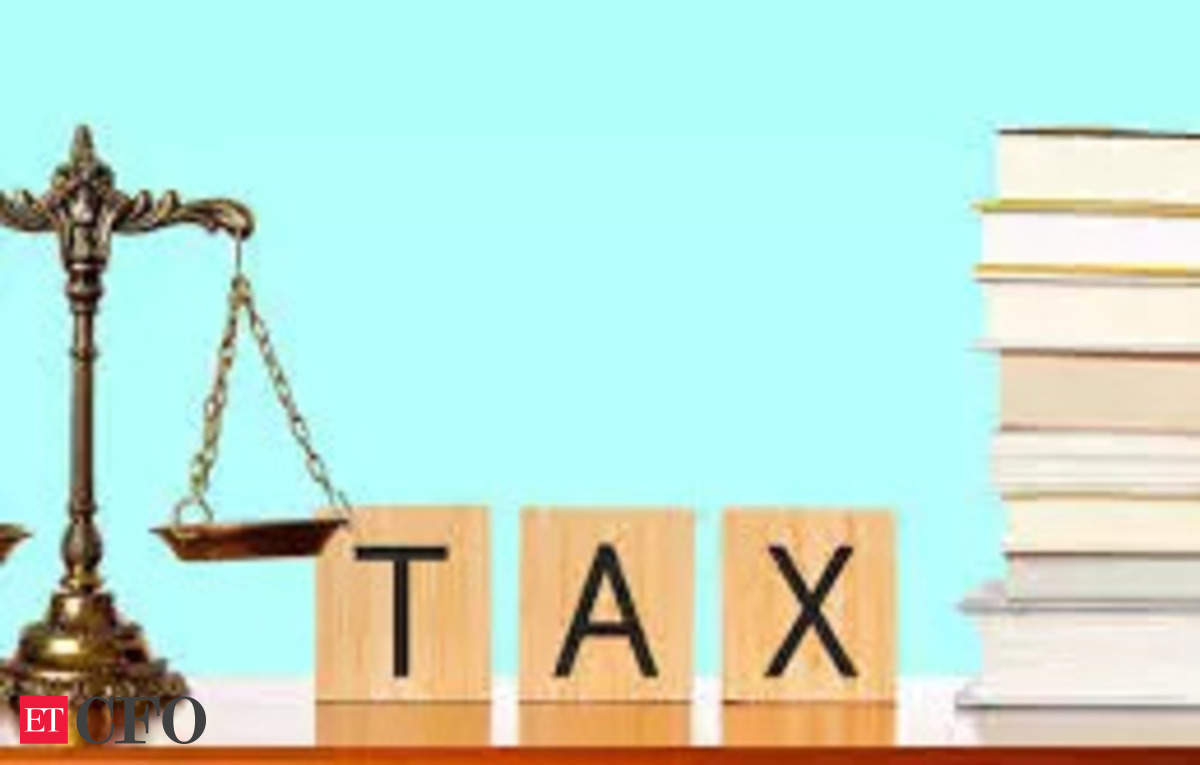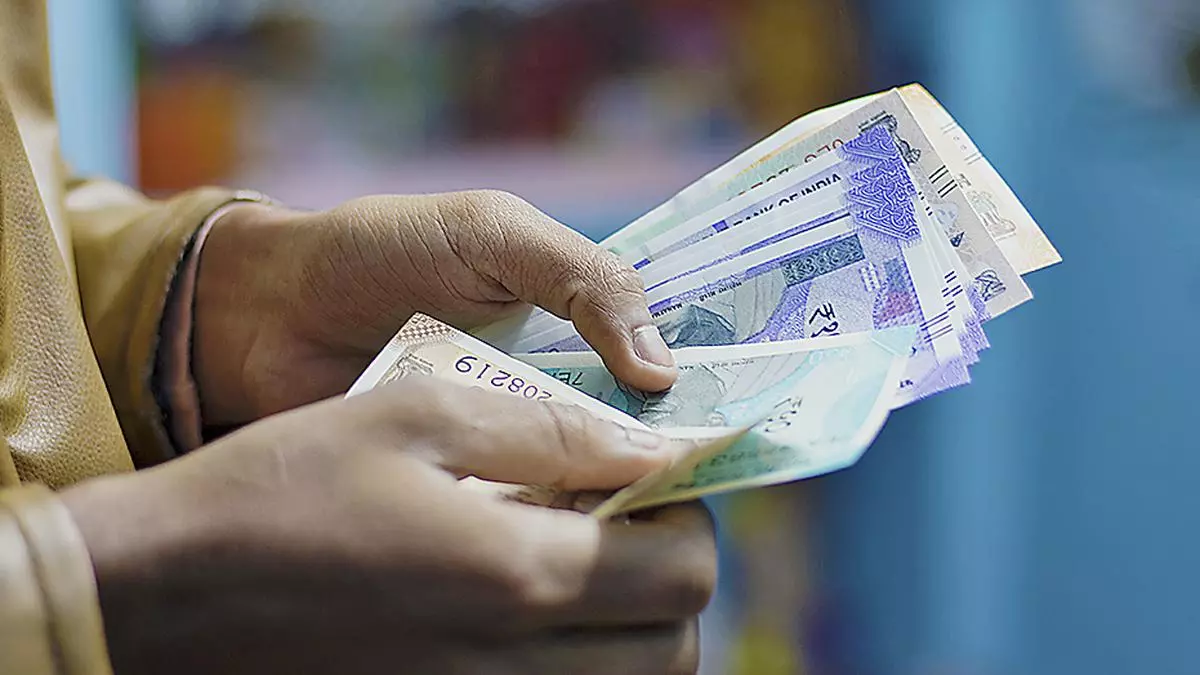House Rent Allowance, commonly referred to as HRA, holds significant importance in both personal finance and employment benefits. It constitutes an allowance provided by employers to employees to assist them in meeting their housing expenses. Understanding the complexities of HRA is paramount for both employees and employers to optimize its advantages. Employees must acquaint themselves with the regulations governing HRA tax exemptions and maintain meticulous documentation to substantiate their claims.
What is HRA (House Rent Allowance)?
HRA, in the realm of Income Tax, signifies House Rent Allowance, an amount disbursed by employers to employees to assist them in covering living expenses in rented accommodations. Most employers, spanning across private and public sectors, include HRA as a component of their employees’ salaries.
The fascinating aspect is that salaried individuals dwelling in rented accommodations can claim tax exemption on HRA under Section 10 (13A) of the Income-Tax Act. HRA is subject to either full or partial tax deductions. Employees are required to submit Form 12BB to their employers along with Rent Receipts and PAN of Landlord to avail exemption.
It’s noteworthy that self-employed individuals can also claim tax exemption for rent paid under Section 80GG of the Income Tax Act.
Eligibility Criteria to Claim Tax Deductions On HRA
You can claim HRA exemption for the duration in which you resided in rented accommodation, provided the following conditions are met:
- You should be a salaried employee. HRA tax benefits are exclusively available to salaried individuals. Self-employed individuals cannot capitalize on this exemption.
- Receive HRA as a component of your salary package/CTC. HRA should be encompassed within your CTC (Cost to Company) to leverage this exemption.
- Reside in rented accommodation. The exemption is applicable only if you inhabit rented accommodation and pay rent. No tax benefit is extended if you occupy a self-owned residence, as one cannot pay rent to oneself.
- Inform the employer about rent paid by submitting rent receipts. It’s imperative to apprise your employer about the rent paid and furnish your rent receipts.
- If the annual rent exceeds Rs. 1,00,000, then the landlord’s PAN is to be disclosed.
- Claim in return: If your HRA claim hasn’t been factored into Form 16, you can directly claim the exemption in your IT return.
- HRA exemption is allowed under the old regime only- The employee should opt for the old regime to avail the benefit of HRA exemption.
House Rent Allowance(HRA)
How much HRA exemption is available under the income tax act?
HRA tax exemption hinges on four components:
- Salary (Basic salary + DA)
- HRA component of the salary
- Rent paid
- Location of your rental accommodation.
The exemption for HRA benefit is the minimum of:
- The total amount of HRA received
- 50 percent of salary (Basic salary + Dearness Allowance) if living in metro cities or 40 percent for non-metro cities
- Excess of rent paid annually over 10% of annual salary (Basic salary + DA)
How is the HRA exemption calculated?
use this HRA Calculator
Example of HRA Calculation:
Consider Ram, with a Monthly basic salary of Rs 30,000 HRA of Rs 14,000 received Monthly rent payment of Rs 16,000 for an apartment in a metro city.
To avail HRA benefit, the least of the following amount (yearly) will be exempted for FY 2023-2024 (under the old tax regime), rest is taxable:
- Actual HRA received: 14,000 *12 = Rs. 1,68,000
- 50% of salary (Basic salary + DA) (metro city): 50% of Rs 3,60,000 = Rs. 1,80,000
- Excess of rent paid annually over 10% of annual salary (Basic salary + DA): Rs 1,92,000 – (10% of Rs 3,60,000) = Rs 1,56,000
50% because Ram lives in a metro city, otherwise, this would have been 40% only.
In above calculation, the sum of Rs 1,56,000, excess of rent paid annually over 10% of annual salary (Basic salary + DA), is the least among the above three indicators. Therefore, the amount exempted under section 10(13A) shall be Rs. 1,56,000, and the taxable income will be the balance amount of Rs 12,000 (total HRA – exempted HRA).
Documents Required to Claim HRA Tax Exemption
Several documents are typically requested to support the claim for HRA tax exemption:
- Rent Receipts: Essential evidence of rental payments, including details such as the landlord’s name, address, rental period, amount paid, and tenant’s name, duly signed or stamped by the landlord.
- Rent Agreement or Lease Deed: A copy of the rental agreement or lease deed to validate tenancy, outlining terms and conditions, rent amount, duration, and other pertinent details.
- PAN (Permanent Account Number) of Landlord: Mandatory in some countries like India, to provide the landlord’s PAN for claiming HRA tax exemption.
- Declaration of HRA: Submission of a declaration form stating the HRA received amount and rental expenses to facilitate employers in calculating eligible HRA exemptions while deducting taxes.
- Utility Bills: Utility bills like electricity, water, or gas bills may further substantiate the claim by demonstrating residence at the rented accommodation.
Frequently Asked Questions
- Can I claim the HRA exemption if I’m living with my parents? Yes, you can claim HRA exemption by paying rent to your parents, provided they declare the rental income in their tax returns. Documentation and banking transactions are essential to validate tenancy.
- Where do I claim HRA in ITR 1? HRA can be claimed as an exempt allowance under section 10 while furnishing salary income details in ITR 1.
- Is a rent agreement required for claiming HRA exemption? Rent receipts or agreements are crucial for substantiating your claim, particularly if monthly rent exceeds Rs 3,000.
- How can I get an HRA exemption? To claim HRA exemption, provide necessary details to your employer and include it while filing your income tax return.
- Can I claim HRA if I also own a house? Depending on various conditions, simultaneous HRA and home loan interest deductions can be claimed.
Visit www.cagurujiclasses.com for practical courses











